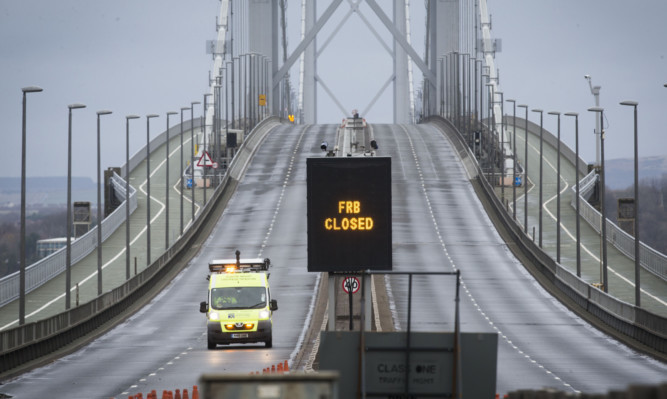The fault which led to the closure of the Forth Road Bridge could not have been reasonably foreseen, experts have told MSPs.
Holyrood’s infrastructure committee has heard a seized pin caused the crack which led to the shutdown of the bridge for almost three weeks in December.
MSPs were told the response to the fault by the bridge’s operator was “entirely appropriate” while its efforts to get the structure repaired and reopened were a “remarkable achievement”.
The committee took evidence from experts who have managed other bridges around the UK as it continued its inquiry into the circumstances surrounding the closure.
Peter Hill, bridgemaster of the Humber Bridge, said: “I can only say, knowing the competencies of the team under Barry Colford (former Forth Road Bridge bridgemaster), I can’t see that this incident could have been otherwise determined or pre-warned in any other practical way.
https://youtube.com/watch?v=3WCqWvXzIZI%3Frel%3D0
Video: Bridge discussion begins at 1hr09min50sec
“As to the subsequent actions of the team that are now looking after the bridge and reacting to this emergency, it seems to have been entirely appropriate.”
Richard Fish, independent engineering consultant, said: “The cause, as we have discussed, would have been very difficult to predict.
“The effect, as in the closure of the bridge, that was taken not as a light decision.
“I wouldn’t question that decision made by the engineers who are at the sharp end and faced with that sort of issue. The decision had to be taken around public safety.”
John Evans, a consultant for civil and structural engineering firm Flint and Neill, described the efforts to reopen the bridge as a “remarkable achievement”.
He added: “I don’t think you would have foreseen what the particular failure was but the idea of having contingency measures in place for when something catastrophic happens might be looked at in the future.”
He said such measures could include pre-planned diversion routes.
